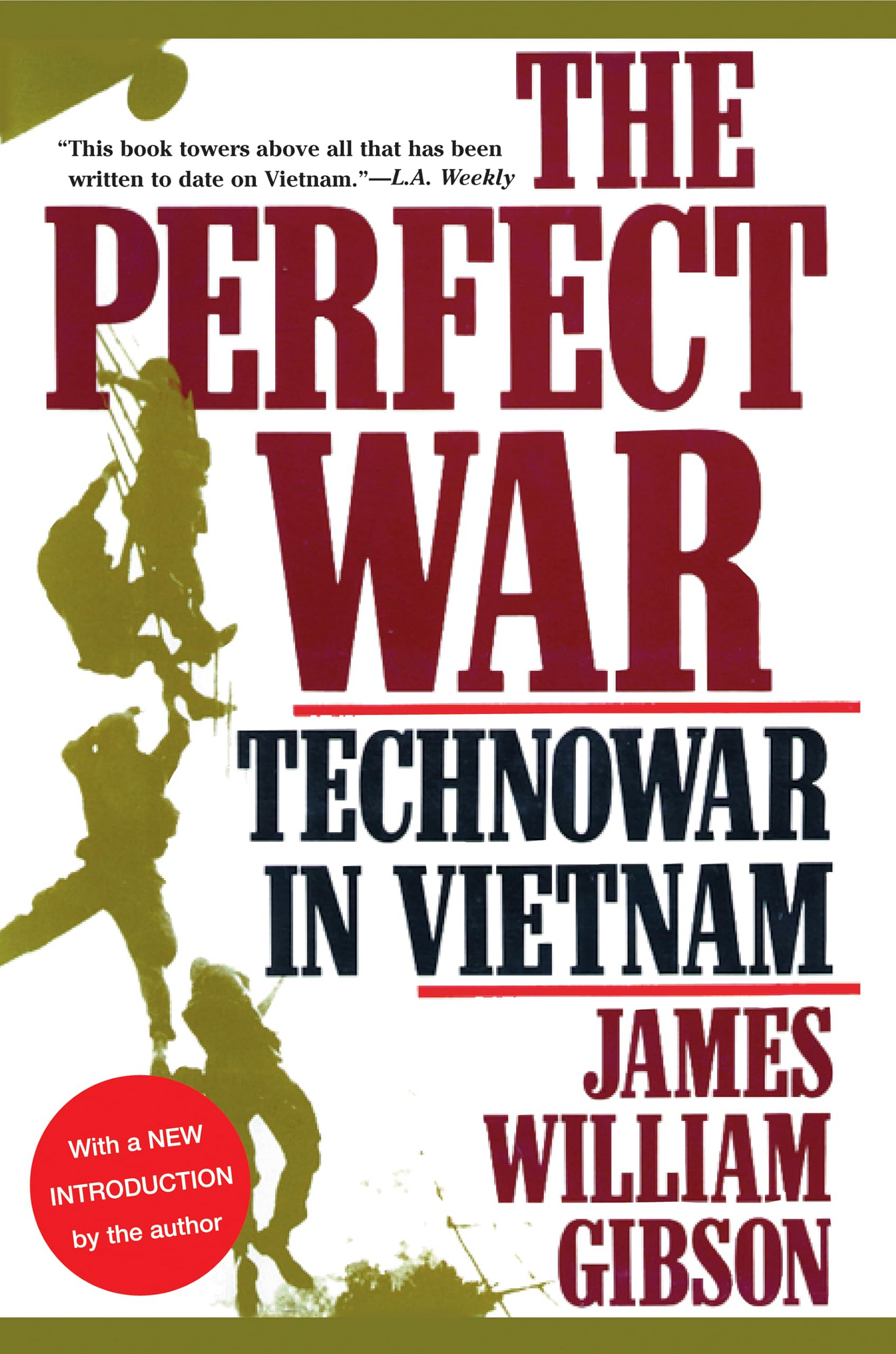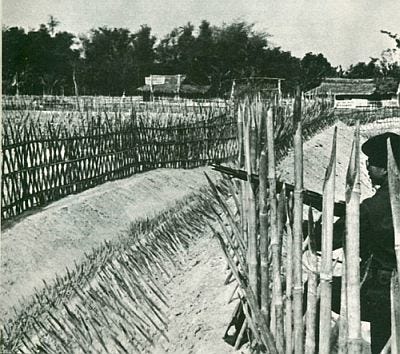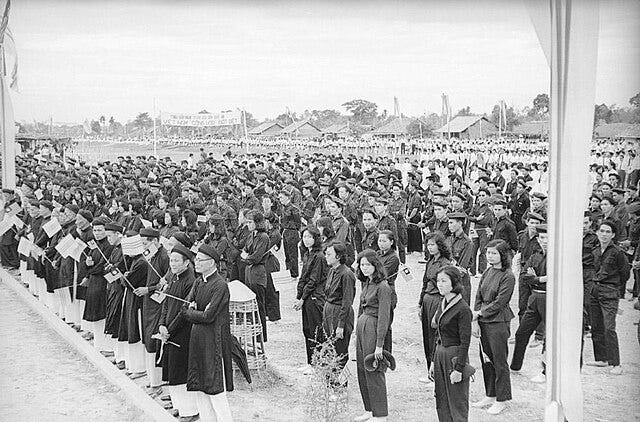Last week I finished my 4 part series on how capitalist production theories caused America to lose the war in Vietnam. I trimmed this bit out for time but thought I might tack it on as a little bonus.
Because it was difficult for the government of South Vietnam to control the population and keep Ho Chi Minh’s communists at bay the “strategic hamlet” program was imported from another conflict. Strategic hamlets were fortified villages that had first been used against Chinese insurgents in Malaysia. The first problem with employing this concept in Vietnam was that the Malaysian program had been very small scale, keeping about 8,000 Chinese away from 300,000 Malayan villagers. In Vietnam strategic hamlets were supposed to keep Vietnamese from other Vietnamese (most times people they had known all their lives) and the hamlets were supposed to house pretty much the entire rural population – close to 30 million people. As Gibson says, “Strategic Hamlets represented an attempt by a weak government to control physically people it did not understand because of antagonistic class and religious differences.”
The concept of strategic hamlets was further undermined by the fact that rural people needed to live close to the land they worked, otherwise they had no food. Curfews were imposed, so those living in strategic hamlets were frequently gunned down coming and going from the compounds if they were late – a common problem since most Vietnamese peasants didn’t own watches and told time by the sun’s position. Also, many rural Vietnamese practiced Confucianism as well as Buddhism, where honoring ancestral shrines is an important ritual – so leaving shrines behind to move into strategic hamlets basically meant abandoning one’s religion. Vietnamese peasants were expected to build the fortified hamlets themselves, in addition to their full-time jobs as farmers. Most strategic hamlets were enclosed with barbed-wire and guard towers closely resembling prisoner of war camps. In other words, it’s a real mystery why strategic hamlets never caught on the way the Americans military hoped.

In the Pentagon Papers even Defense Secretary Robert McNamara seemed to grasp the futility of imposing control on South Vietnam through a US puppet state. In The Perfect War, James William Gibson quotes him saying “By and large, the people in rural areas believe that the GVN [South Vietnam government] when it comes will not stay but that the VC [Vietcong] will; that cooperation with the GVN will be punished by the VC; that the GVN is really indifferent to the people’s welfare; that the low-level GVN are tools of the local rich; and that the GVN is ridden with corruption.” As Gibson points out, the central conflict in Vietnam boiled down to “problems of social relationships, [emphasis in original] questions of class structure, culture, and political power; none of these problems were solvable by either the production of death or the production and distribution of commodities.”
Another swing and a miss for capitalism.
Let’s make them pay.
















Share this post